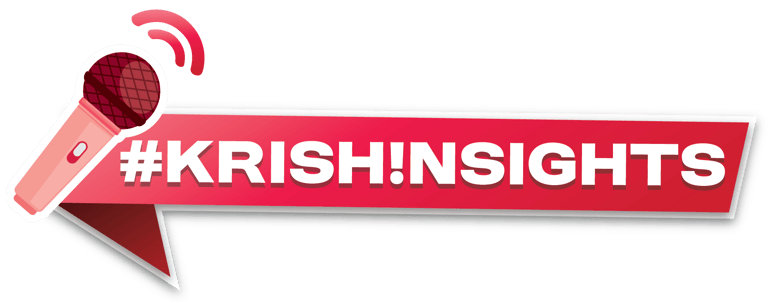Driving Change in a VUCA World
Driving change in a VUCA world demands proactive leadership. By unfreezing old norms, guiding transformation, and refreezing new practices, leaders can build adaptability and resilience, empowering their organizations to navigate uncertainty and complexity effectively.


In today's volatile, uncertain, complex, and ambiguous (VUCA) world, organizations are constantly challenged to adapt and evolve to stay competitive. Driving change within such an environment requires effective leadership and a structured approach to navigate through the stages of change successfully.
Three key stages of driving change will help Leaders wake people from the inertia, build momentum and sustain change efforts.
Stage 1: Awakening
In this initial stage, leaders must prepare the organization for change by challenging existing behaviors, mindsets, processes, and structures. Here are three essential steps for Awakening:
Show the Mirror: Leaders must initiate open and honest conversations about the current state of the organization. This involves acknowledging the need for change and highlighting the gaps between current performance and desired outcomes. By confronting reality, leaders can create a sense of urgency and commitment among stakeholders.
Bring in the Data: Data-driven insights provide objective evidence to support the need for change. Leaders should gather relevant data on market trends, customer feedback, and internal performance metrics to illustrate the necessity of adaptation. Quantitative data can validate the urgency of change and guide decision-making throughout the process.
Recruit Talent from Outside: To inject fresh perspectives and innovative thinking, leaders should consider recruiting talent from outside the organization. External hires bring diverse experiences and knowledge, challenging conventional wisdom and driving creative problem-solving. By diversifying the talent pool, leaders can foster a culture of continuous learning and adaptability. Also, leverage talent from Tier 1 organizations, which the organization aspires to be, as they carry deep domain knowledge having seen 'What good looks like.'
Stage 2: Build Momentum
Once the organization is prepared for change, leaders must focus on implementing and managing the transition effectively. Here are three steps to facilitate movement and change:
Break Down the Problem: Complex challenges are best tackled by breaking them down into smaller, manageable components. Leaders should identify specific areas for improvement and prioritize them based on their impact and feasibility. By deconstructing the problem, teams can focus their efforts and make progress incrementally.
Create Small Experiments: Experimentation allows for learning and adaptation in real-time. Leaders should encourage teams to pilot new initiatives on a small scale, testing hypotheses and gathering feedback iteratively. By embracing a mindset of experimentation, organizations can uncover valuable insights and refine their approach based on evidence.
Celebrate Early Wins: Recognizing and celebrating early successes boosts morale and momentum for change. Leaders should publicly acknowledge achievements, no matter how small, and reinforce the connection between actions and outcomes. By celebrating progress, teams feel motivated to continue their efforts and remain engaged in the change process.
Stage 3: Sustain
In the final stage, leaders consolidate the changes made and embed them into the organization's culture and practices. Here are three steps to solidify the new norms:
Set a Compelling Vision: A clear and inspiring vision provides a sense of direction and purpose for the organization. Leaders should articulate a compelling vision that aligns with the values and aspirations of stakeholders, creating a shared understanding of the desired future state. By rallying around a common vision, teams remain focused and committed to sustaining change.
Establish Systems and Processes: Sustainable change requires supportive systems and processes that reinforce desired behaviours and outcomes. Leaders should review and update organizational structures, policies, and procedures to support the new way of working. By aligning systems with strategic objectives, leaders ensure consistency and accountability throughout the organization.
Develop Performance Goals: Clear performance goals provide benchmarks for measuring progress and driving continuous improvement. Leaders should collaborate with teams to set specific, achievable targets that reflect the organization's priorities and values. By establishing performance goals, leaders create a roadmap for success and empower individuals to contribute to the organization's success.
Driving change in a VUCA world requires proactive leadership and a systematic approach to navigate through the stages of change. By unfreezing old ways, facilitating movement, and refreezing new norms, leaders can foster a culture of adaptability and resilience, enabling their organizations to thrive amidst uncertainty and complexity.
